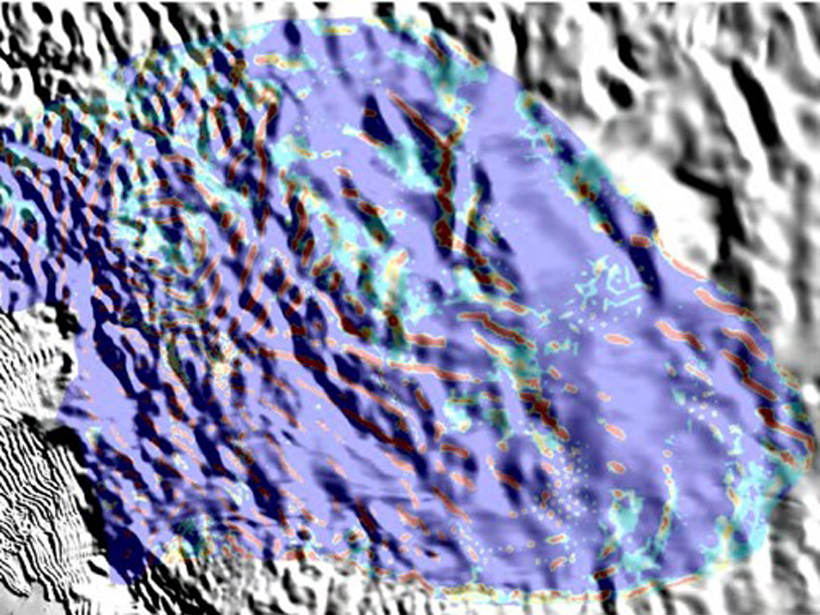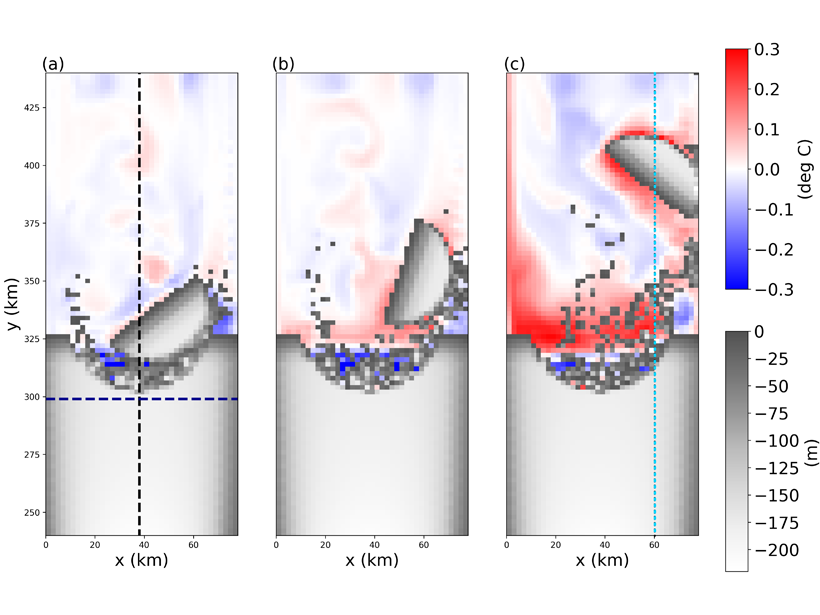Papers are invited for a new special collection presenting advances in modeling in glaciology that improve understanding of glaciers and ice sheets and their interactions with the Earth system.
L. Padman
Editor, JGR: Oceans
Posted inEditors' Highlights
Creating Icebergs in Ocean Models Coupled to Ice Shelves
Modeling icebergs as Lagrangian elements held together by numerical bonds provides insights into coupled exchanges of heat, freshwater, and momentum between large icebergs and the ocean.
Posted inEditors' Vox
Ocean Tides Affect Ice Loss from Large Polar Ice Sheets
A recent paper in Reviews of Geophysics discusses how ocean tides affect the motion of, and loss of ice from, the Antarctic and Greenland ice sheets.
Posted inScience Updates
Understanding Arctic Ocean Processes Under Changing Ice Cover
Observing Upper-Ocean and Sea-Ice Interactions in the Eastern Arctic Ocean;
Arlington, Virginia, 23–25 April 2014



